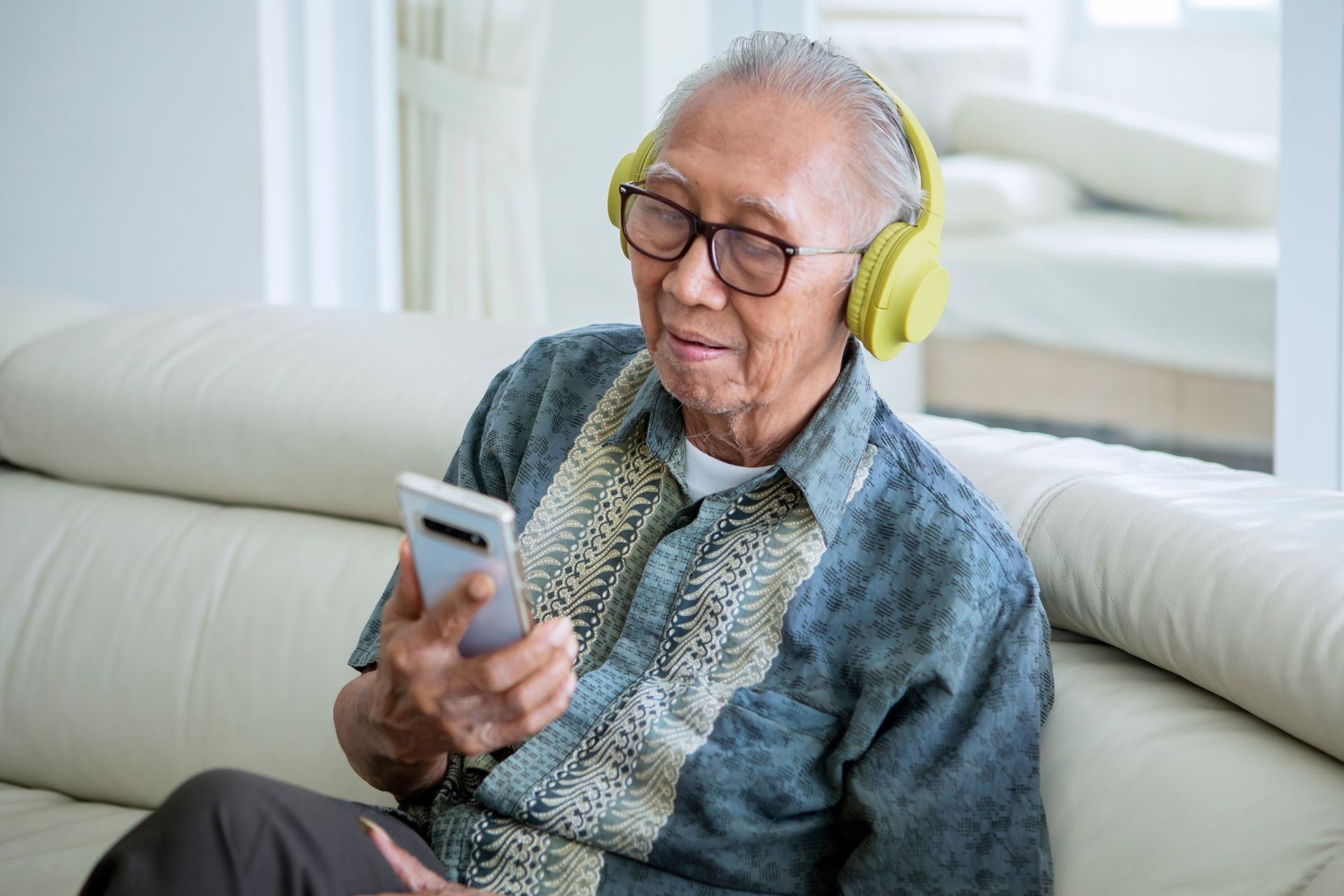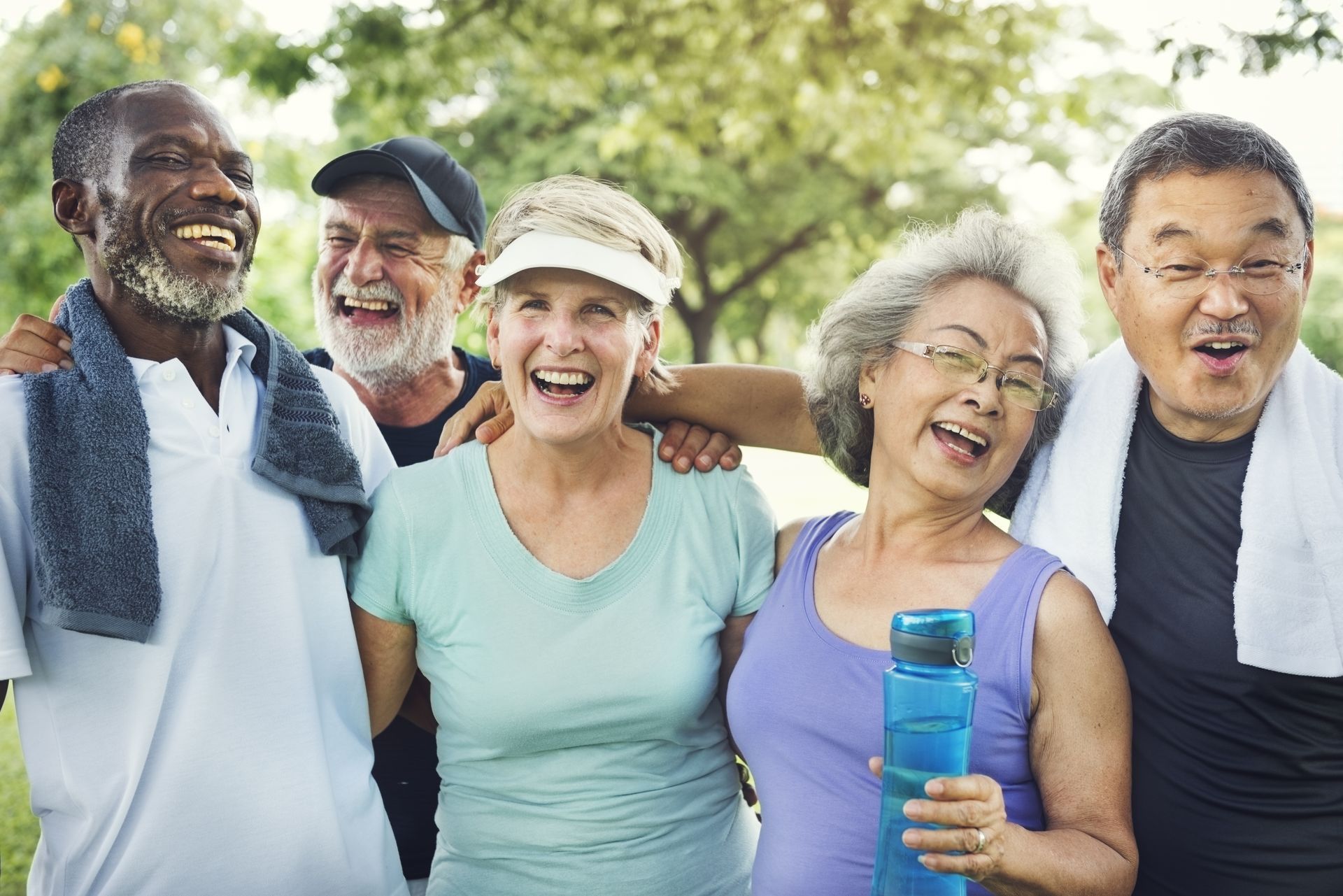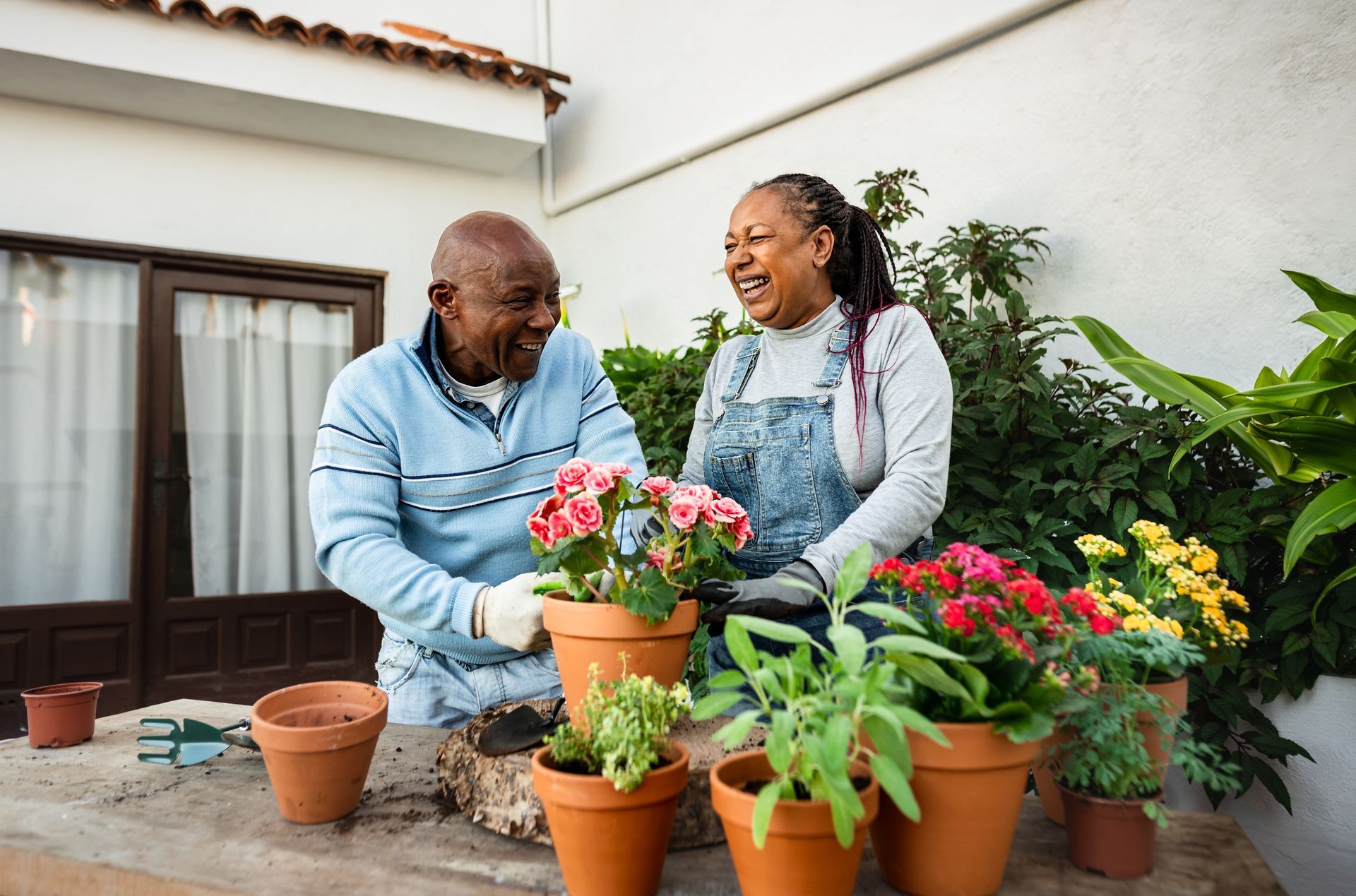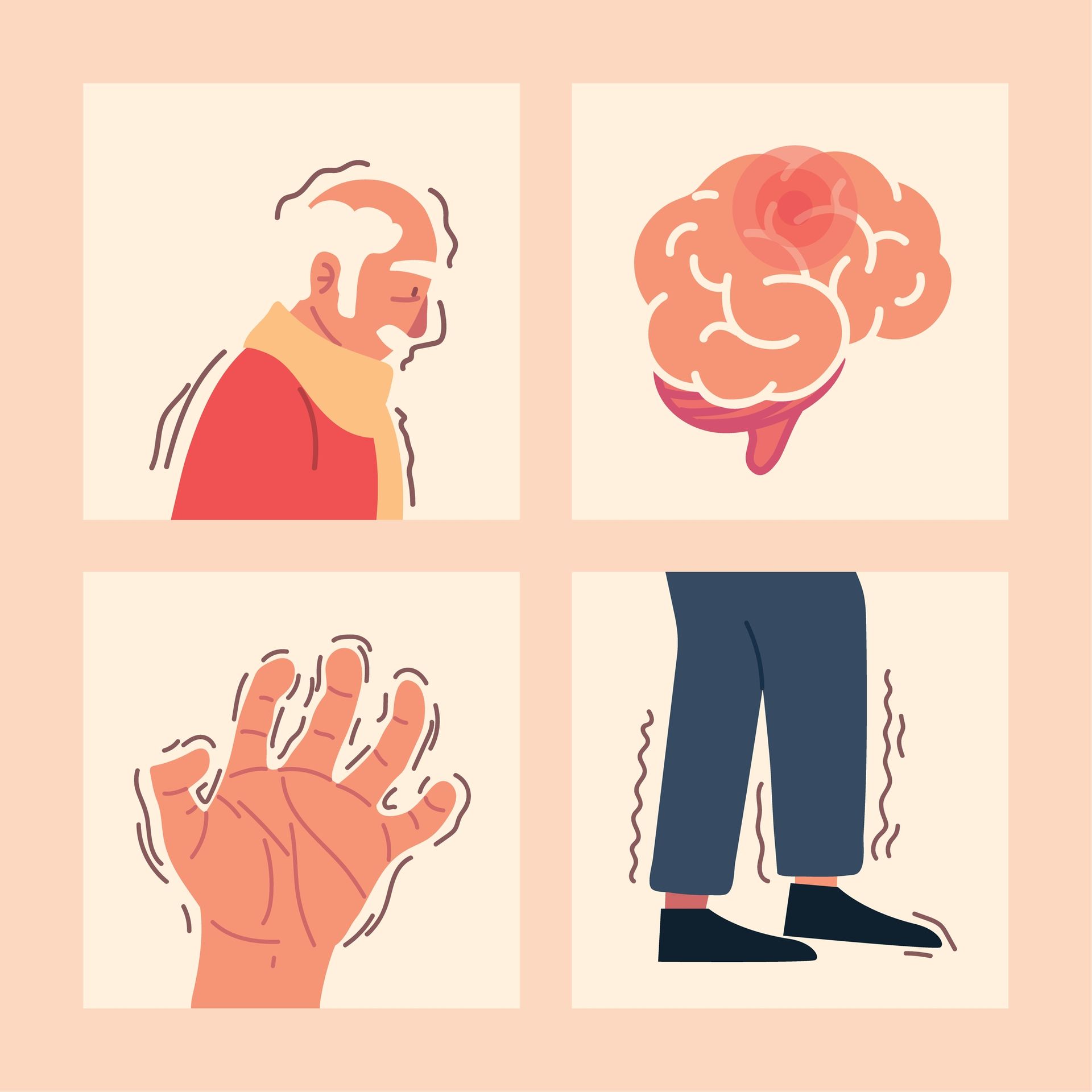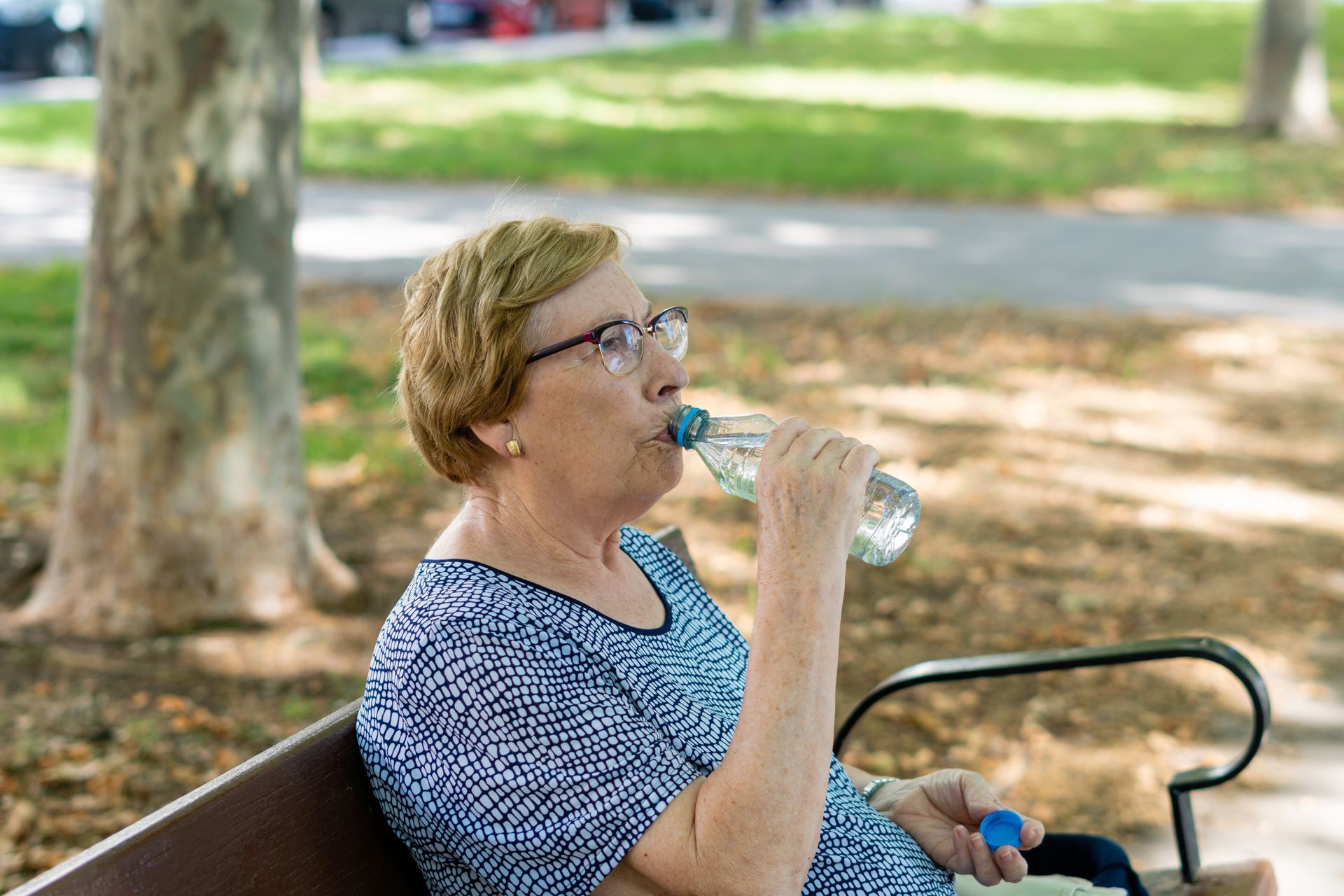BLOG
Simple Bathroom Modifications for Seniors to Keep Them Safe
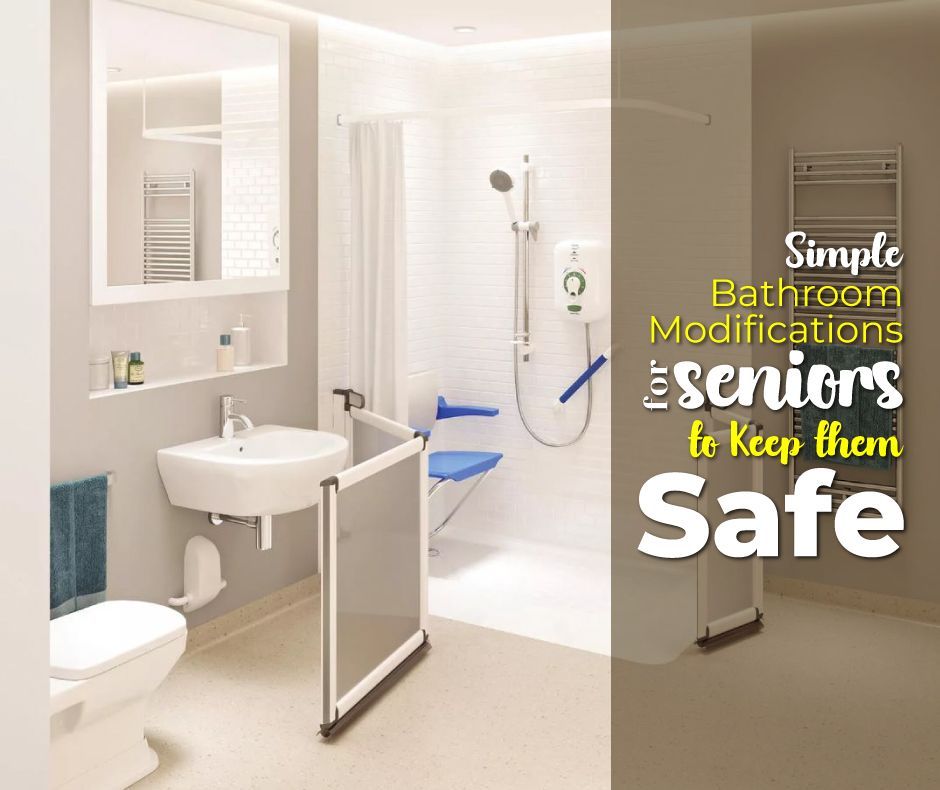
You know how important it is to prioritize seniors' safety at home, especially in the bathroom where slips and falls are common. Simple modifications such as installing grab bars and using non-slip mats can make a world of difference. But have you thought about adjusting fixture heights or improving lighting to enhance visibility? These changes can greatly enhance stability and prevent accidents. There's more to think about, such as adding shower chairs and handheld showerheads for ease of use. Ready to explore how these adjustments can help maintain independence and provide peace of mind?
Walk-In Tubs
Adding a walk-in tub can significantly improve safety and comfort for seniors in the bathroom. These tubs feature low-entry thresholds and built-in seats, reducing the risk of slips and falls.
Key features to consider:
- Low-Entry Threshold: Easier to step in and out of.
- Built-In Seat: Provides a safe, comfortable place to sit while bathing.
- Grab Bars: Additional support for stability.
- Non-Slip Floor: Prevents slipping on wet surfaces.
- Handheld Showerhead: Allows for easy rinsing without standing.
- Quick Drain Feature: Reduces waiting time to exit the tub.
Walk-in tubs often require professional installation to ensure safety and proper plumbing, but the enhanced accessibility and peace of mind they provide make them a valuable addition to any senior-friendly bathroom. A great place to see the best ones is at
Walkintub.org. There a so many different options to consider.
Install Grab Bars
Installing grab bars in the bathroom can greatly enhance safety for seniors. You should focus on placing grab bars near the toilet, shower, and bathtub, where balance and stability are most needed. By doing this, you're providing essential support that can prevent slips and falls, which are common among older adults.
It's important to choose grab bars that are sturdy and capable of supporting significant weight. Stainless steel or other durable materials are ideal choices.
When installing grab bars, make sure they're securely anchored into wall studs. This guarantees they can withstand the pressure and weight applied by users. You might also want to contemplate textured grab bars to provide a better grip, especially when hands are wet. Placement should be at a height that's easily reachable for the senior, typically around waist level.
It's a good idea to consult a professional for proper installation if you're not confident in your DIY skills. Incorrect installation can render the bars ineffective or even dangerous.
Use Non-Slip Mats
Along with grab bars, non-slip mats are another important addition to enhance bathroom safety for seniors. These mats can greatly reduce the risk of slips and falls, which is essential for maintaining independence and confidence.
When choosing non-slip mats, consider the following tips:
- Material: Look for mats made of rubber or other non-slip materials. These provide a sturdy grip and are more durable than cloth or plastic alternatives.
- Size: Make sure the mat covers the entire area where water might accumulate, such as the shower floor or bathtub. A larger mat means fewer exposed slippery spots.
- Maintenance: Pick mats that are easy to clean. Mats that can be machine-washed or wiped down will stay in good condition longer and prevent mold or mildew buildup.
- Grip: Check for strong suction cups on the underside of the mat. These help the mat stay firmly in place, even when the floor is wet.
Adjust Fixture Heights
When you adjust fixture heights in the bathroom, it can make a significant difference for seniors' comfort and safety.
Consider lowering sink heights and installing raised toilet seats to reduce strain and enhance accessibility.
These simple changes help create a more senior-friendly environment.
Lower Sink Heights
Lowering sink heights is an essential modification to guarantee seniors can comfortably and safely use the bathroom. When sinks are too high, they can cause strain or even lead to accidents. By adjusting the height, you make daily tasks such as washing hands and brushing teeth much easier and safer.
To effectively lower sink heights, consider the following steps:
- Measure the ideal height: Typically, a sink height of 30-34 inches from the floor is suitable for seniors, but you should tailor this based on individual needs.
- Install an ergonomic faucet: Choose a faucet with a lever handle or touchless feature to minimize the effort required to turn it on and off.
- Ensure knee clearance: If the senior uses a wheelchair, make certain there's enough space underneath the sink for comfortable access. The area should be at least 27 inches high, 30 inches wide, and 19 inches deep.
- Secure the sink: Make sure the sink is firmly attached to the wall or counter to prevent any wobbling or accidental falls.
Raised Toilet Seats
Elevating toilet seats is an important modification to improve safety and comfort for seniors in the bathroom. As people age, getting up from a low toilet can become challenging and sometimes risky. By raising the height of the toilet seat, you make it easier for seniors to sit down and stand up, reducing the risk of falls and strain on their joints.
You can choose from various types of raised toilet seats. Some are simply elevated seats that fit over the existing toilet, while others are more integrated solutions that replace the entire fixture. Look for models with secure locking mechanisms and non-slip pads to promote stability. Additionally, consider seats with built-in armrests for added support, making it even easier for seniors to maneuver.
Installing a raised toilet seat doesn't require major renovations. Most products are easy to install and can be done without professional help. This small change can make a significant difference in a senior's daily routine, giving them more independence and confidence.
Don't overlook this simple yet effective modification when making a bathroom safer for seniors. It's a practical step that promotes both safety and dignity.
Improve Lighting
Improving the bathroom's lighting can greatly reduce the risk of falls and enhance overall safety for seniors. Bright, well-distributed light helps seniors see better, making it easier for them to navigate the bathroom.
Here are some effective ways to improve bathroom lighting:
- Install Bright Overhead Lights: Replace dim or outdated fixtures with bright LED lights. These provide clear, even lighting and are energy-efficient.
- Add Night Lights: Place night lights along the path to the bathroom and inside it. Motion-activated night lights are particularly useful, as they illuminate the space without the need to fumble for switches.
- Use Vanity Lights: Position vanity lights around the mirror. This reduces shadows on the face, making grooming tasks like shaving or applying makeup safer and easier.
- Ensure Proper Light Switch Placement: Make sure light switches are easily accessible, ideally at the entrance to the bathroom. Consider rocker switches, which are easier to use for those with arthritis or limited dexterity.
Add Shower Chairs
Ensuring a safe and comfortable bathing experience, adding a shower chair can greatly enhance stability and reduce the risk of slips and falls for seniors. It's a vital yet effective modification that provides a secure place to sit while showering, making the entire process safer and less physically demanding.
When selecting a shower chair, look for one with non-slip rubber tips on the legs to prevent it from sliding. Adjustable height options can also be beneficial, allowing you to customize the chair to the user's needs. Some models come with backrests and armrests for added support and comfort. Additionally, make sure the material is water-resistant and easy to clean to maintain hygiene.
Positioning the chair correctly is essential. Place it in a spot that's easily accessible and free of any obstructions. If the shower area is small, consider a foldable chair that can be stored away when not in use.
Install Handheld Showerheads
Often overlooked, installing a handheld showerhead can greatly enhance the bathing experience for seniors. It's a simple modification that adds both safety and convenience. With a handheld showerhead, seniors can direct the water flow exactly where they need it, reducing the need for excessive movement and the risk of slipping.
Here are four reasons why you should install a handheld showerhead for seniors:
- Ease of Use:
A handheld showerhead allows for easy maneuvering, making it simpler to wash hard-to-reach areas. Seniors can sit comfortably on a shower chair and still clean themselves thoroughly. - Improved Safety:
Reducing the need to twist and turn minimizes the risk of falls. Seniors can maintain their balance more effectively when they're not stretching awkwardly to rinse off. - Increased Comfort:
Adjustable settings on many handheld showerheads let seniors choose their preferred water pressure and temperature, making showers more enjoyable and tailored to individual needs. - Assistance-Friendly:
If a caregiver is needed, a handheld showerhead makes it easier for them to help with bathing. It allows for a more dignified and efficient bathing process.
Switching gears to another important modification, using raised toilet seats can greatly enhance both safety and comfort for seniors in the bathroom. These seats reduce the distance a person has to bend when sitting down or standing up, which is particularly beneficial for those with limited mobility or joint issues. By installing a raised toilet seat, you can lower the risk of falls and strain, making daily routines much smoother for your loved ones.
Raised toilet seats come in various heights and styles to fit different needs. Some models offer handles or armrests for additional support, while others are designed to be easily removable, making them a versatile option for shared bathrooms. When selecting a raised toilet seat, make sure it's compatible with your existing toilet and secure enough to prevent any wobbling or slipping.
Installation is typically straightforward, often requiring no tools or specialized skills. Most raised seats simply clamp onto the existing toilet bowl, ensuring a snug fit.
Apply Anti-Scald Devices
Installing anti-scald devices in your bathroom can prevent dangerous burns and make the space safer for seniors. These devices regulate water temperature, guaranteeing it doesn't exceed a safe threshold.
Here's how you can easily integrate them into your bathroom setup:
- Faucet Anti-Scald Devices: These are small and can be attached directly to your existing faucets. They automatically reduce water flow if the temperature gets too high, preventing accidental burns.
- Showerhead Anti-Scald Devices: Similar to faucet devices, these attach to your showerhead and ensure the water temperature remains consistent. They're especially useful for seniors who mightn't react quickly to sudden temperature changes.
- Thermostatic Mixing Valves: These valves mix hot and cold water to maintain a constant, safe temperature. You can install them at the water heater or directly at the point of use, such as under the sink or behind the shower panel.
- Water Heater Temperature Adjustment: Set your water heater to a maximum of 120°F (49°C). This simple adjustment can greatly reduce the risk of scalding incidents, providing an additional layer of protection.
Ensure Proper Ventilation
Proper ventilation in the bathroom is essential to prevent mold and mildew, which can pose health risks for seniors. You need to make sure that the bathroom is well-ventilated to reduce humidity levels. Installing an exhaust fan is a great start. Choose a fan with an appropriate CFM (cubic feet per minute) rating for the size of your bathroom. This will help effectively remove moisture from the air.
Don't forget to clean the exhaust fan regularly to keep it functioning at its best. A dirty fan won't be as efficient at reducing humidity. You should also consider installing a timer switch for the fan. This ensures the fan runs long enough to clear out moisture even after you've left the bathroom.
If your bathroom has windows, use them to your advantage. Open the windows when weather permits to allow fresh air to circulate. This can greatly reduce humidity levels. Ensure the windows are easy to open and close, so seniors can operate them without straining.
Lastly, check for any signs of mold or mildew regularly. Early detection allows you to address the problem before it becomes a serious health concern.
Conclusion
By making a few simple modifications, like installing grab bars, using non-slip mats, and adjusting fixture heights, you can greatly enhance bathroom safety for seniors.
Adding shower chairs, handheld showerheads, and raised toilet seats, along with anti-scald devices and proper lighting, guarantees a comfortable and secure environment.
Don't forget good ventilation to keep things fresh.
These changes help seniors maintain their independence and navigate the bathroom with ease and confidence.
